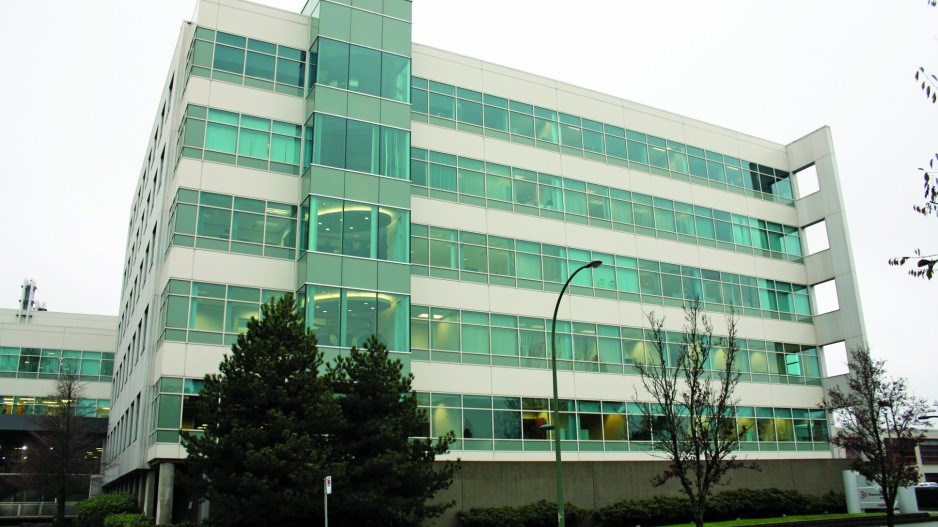For four years, the BC Technology Industry Association’s (BCTIA) Centre4Growth has been without a physical location.
Instead, the incubator program providing entrepreneurs with mentorship, financial and legal services and introductions to investors has been mostly virtual.
That’s about to change with a $10.4 million grant from Ottawa – part of $31.4 million in federal funding for B.C. incubators and accelerators announced November 21.
BCTIA CEO Bill Tam said about 30 early-stage companies will be housed inside his organization’s 26,000-sqaure-foot Innovation Hub, near the VCC-Clark SkyTrain station, in an office building already leased by 40 other companies.
“[It] will make this one of the more highly densified tech buildings in the city,” he said, adding startups will begin moving in at the start of 2015.
“Now we can actually have more collisions between those companies that are looking for partners or investors.”
Money granted under Ottawa’s Canada Accelerator and Incubator Program (CAIP) will have to be matched on a 1-1 basis, meaning the BCTIA will have about $21 million to put toward its new facility and expanded programs.
Earlier this year, the federal government added another $40 million to the previously announced $60 million over five years earmarked under CAIP.
In addition to the $31.4 million announced in November, Industry Minister James Moore told reporters another $5 million would be on its way to B.C. soon, meaning the province would receive more than one-third of total funding despite being home to about 13% of Canada’s population.
“It’s not proportionate to B.C.’s population, but it’s more than proportionate to British Columbia’s demand for the [CAIP],” Moore said.
The other B.C. incubators and accelerators receiving funds are the Centre for Drug Research and Development ($10.9 million), Wavefront Wireless Commercialization Centre Society ($9.5 million) and Highline ($600,000).
A spokesman for the Centre for Drug Research and Development said the organization would be expanding the scale and scope of its incubation programs for early-stage life sciences companies. Meanwhile, the grant money will allow it to collaborate with small- and medium-sized enterprises to advance their technologies toward commercialization.
Wavefront’s funding will also go toward expanding its programming, which focuses on new players in the wireless industry as well as companies involved in machine-to-machine and Internet of Things technologies.
Highline CEO Marcus Daniels said his organization is run by a smaller team than the others, which is why it applied for grants categorized under the $1 million mark.
“Our impact, if you look at the data, has been tremendous. But it’s been on a small scale,” he said, adding Vancouver-based startup Food.ee was able to launch in Toronto last month using office space and resources provided by Highline’s Ontario branch.
Highline, which focuses on tech startups that have moved past the incubation stage, is the only 100% private organization to receive CAIP funds.
The accelerator will use the funds to boost the profile of B.C. companies in Ontario, where much more venture capital is available, according to Daniels.
He said government made it clear funds could decrease if organizations don’t provide what they promised.
“There’s definitely a certain level of accountability around it,” he said.
But Daniels said he believes one of the reasons B.C. got more funding per capita is the willingness of startup organizations to collaborate with each other. For instance, Daniels is meeting with the BCTIA in December to discuss an arrangement that would make it easier for certain startups to graduate from the Centre4Growth incubator to the Highline accelerator.
“This initiative will also have a dual effect in helping more incubators work with accelerators,” Daniels said.




